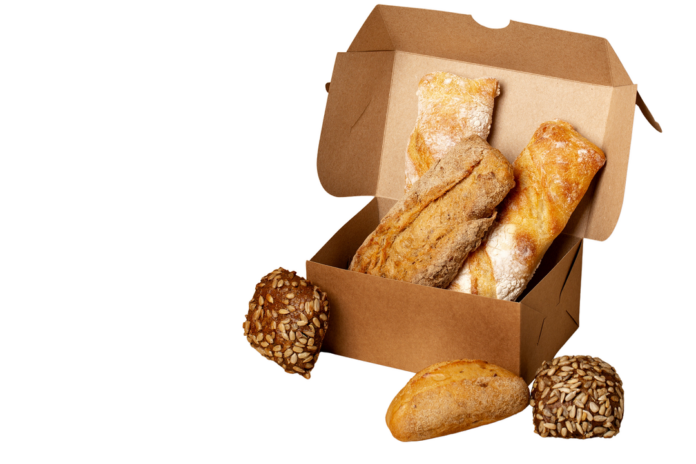In the ever-evolving landscape of the bakery industry, the packaging of bread holds a pivotal role, transcending mere containment to become a crucial aspect of product presentation, preservation, and consumer appeal. Bread packaging techniques and trends have witnessed a dynamic shift driven by evolving consumer preferences, technological advancements, and sustainability imperatives.
As artisanal bakeries and commercial bread manufacturers alike strive to distinguish their offerings in a competitive market, understanding and implementing effective packaging strategies emerge as imperative pursuits. This article delves into the realm of bread packaging techniques and trends, exploring traditional methods, innovative solutions, and future directions in the pursuit of optimal freshness, sustainability, and brand differentiation.
Through this exploration, bakery proprietors and industry stakeholders can glean insights, inspiration, and actionable strategies to navigate the complex landscape of bread packaging, ensuring both consumer satisfaction and market relevance in an increasingly discerning marketplace.
Importance of Bread Packaging
In the intricate ecosystem of the bakery industry, the significance of bread packaging transcends conventional containment, extending into realms of product preservation, brand representation, and consumer satisfaction. Effective bread packaging not only safeguards the product from external contaminants and physical damage but also plays a pivotal role in prolonging shelf life, ensuring optimal freshness, and preserving taste and texture. Moreover, packaging for bakery products serves as a tangible manifestation of brand identity, communicating quality, craftsmanship, and value to discerning consumers. The visual and tactile elements of packaging convey crucial information such as nutritional content, ingredient sourcing, and allergen warnings, fostering transparency and trust in the brand-consumer relationship. Additionally, strategic packaging design and materials selection cater to evolving consumer preferences for convenience, sustainability, and personalized experiences, further enhancing brand loyalty and market competitiveness. Thus, the importance of bread packaging in the bakery industry cannot be overstated, as it represents a critical touchpoint for engaging consumers, driving purchase decisions, and ultimately, shaping the success and longevity of bakery businesses.
Traditional Bread Packaging Techniques
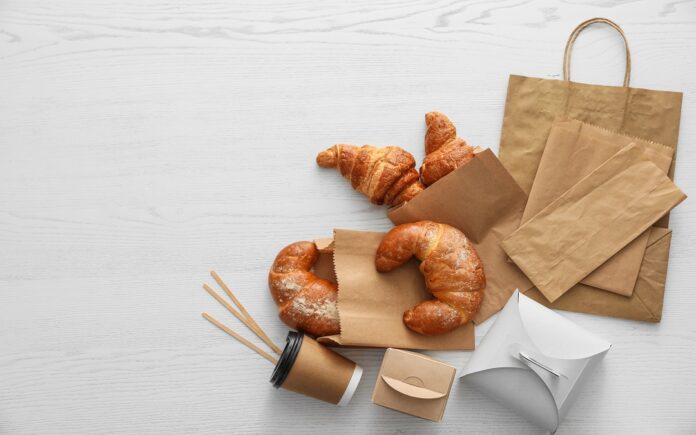
Within the annals of the bakery industry, traditional bread packaging techniques stand as venerable pillars, embodying time-honored practices aimed at ensuring the integrity and quality of baked goods. Among these techniques, the utilization of paper bags, plastic wraps, and twist ties holds precedence, each method meticulously designed to address specific requirements of preservation, presentation, and consumer convenience.
Paper bags, crafted from durable kraft paper or recycled materials, provide a breathable yet protective enclosure for freshly baked loaves, allowing for the regulation of moisture and air circulation to maintain optimal freshness. Similarly, plastic wraps, composed of polyethylene or polypropylene films, offer a barrier against external contaminants while providing a transparent window for consumers to inspect the product’s quality and appearance.
Complementing these primary packaging materials are twist ties, simple yet effective closures that secure the packaging with a tight seal, preventing air exposure and preserving the bread’s texture and flavor. These techniques, rooted in tradition and practicality, continue to serve as foundational elements in bread packaging, ensuring the delivery of wholesome and delectable products to discerning consumers.
Innovative Bread Packaging Trends
Amidst the dynamic landscape of the bakery industry, innovative bread packaging trends emerge as beacons of creativity and functionality, heralding a new era of consumer engagement and sustainability. One such trend is the adoption of eco-friendly materials, such as compostable films, recycled paperboard, and biodegradable plastics, aligning with the growing consumer demand for environmentally conscious packaging solutions.
Another notable trend is the rise of resealable packaging options, which enhance convenience and freshness by allowing consumers to reclose the packaging after each use, thereby extending the shelf life of the bread and reducing food waste. Additionally, advanced barrier technologies, including modified atmosphere packaging (MAP) and active packaging systems, create optimized microenvironments within the packaging, further enhancing shelf life and product quality.
Furthermore, innovative designs and shapes are gaining traction in bread packaging, with bakeries exploring unique forms and structures to differentiate their products on the shelf. From hexagonal boxes to origami-inspired wraps, these creative designs not only capture attention but also reflect the artisanal craftsmanship and premium quality of the bread within.
Moreover, digital integration is revolutionizing bread packaging, with QR codes, near-field communication (NFC) tags, and augmented reality (AR) elements offering interactive experiences for consumers. These digital enhancements provide access to product information, recipes, and brand stories, fostering deeper connections and engagement with the brand.
Overall, innovative bread packaging trends represent a convergence of aesthetics, functionality, and sustainability, reshaping the way bread products are presented, preserved, and experienced by consumers. By embracing these trends, bakeries can differentiate their offerings, enhance brand perception, and meet the evolving demands of today’s discerning consumers.
Customization and Personalization
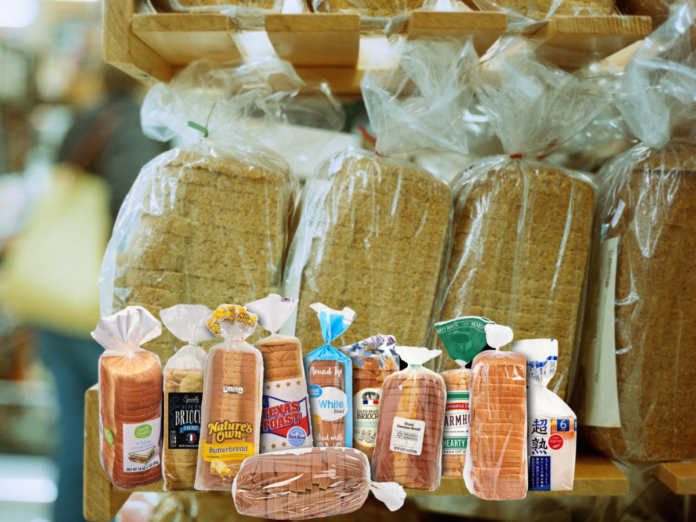
In the realm of bread packaging, customization and personalization have emerged as powerful strategies for enhancing consumer engagement, brand loyalty, and product differentiation. Bakeries are increasingly offering bespoke packaging options that allow customers to tailor their bread packaging to suit their individual preferences, occasions, and dietary needs.
One approach to customization is the inclusion of personalized labels or stickers, which enable consumers to add their names, special messages, or event details to the packaging. This personal touch not only creates a sense of ownership and connection with the product but also makes it ideal for gifting or special occasions.
Moreover, bakeries are leveraging digital printing technologies to offer fully customized packaging designs, allowing customers to choose from a variety of colors, patterns, and images to create a unique packaging experience. This level of personalization not only enhances visual appeal but also enables bakeries to showcase their brand personality and values effectively.
Furthermore, bakeries are catering to specific dietary preferences and restrictions through personalized packaging options, such as gluten-free, vegan, or allergen-free labeling. By providing clear and accurate information on packaging, bakeries can instill confidence in consumers and address their individual needs effectively.
Overall, customization and personalization in bread packaging empower consumers to create meaningful connections with the product and brand, driving repeat purchases and advocacy. By embracing these strategies, bakeries can elevate their offerings, strengthen brand loyalty, and stand out in the competitive bakery market.
Sustainability in Bread Packaging
In the contemporary discourse surrounding bread packaging, sustainability has emerged as a paramount consideration, reflecting a broader societal shift towards eco-conscious consumerism and corporate responsibility. Bakeries and manufacturers are increasingly embracing sustainable packaging practices aimed at minimizing environmental impact, reducing carbon footprints, and promoting circular economies.
One key aspect of sustainable bread packaging is the adoption of eco-friendly materials, such as biodegradable films, compostable paperboard, and plant-based plastics derived from renewable sources. These materials offer comparable functionality to traditional packaging while minimizing reliance on finite resources and mitigating pollution at end-of-life.
Additionally, bakeries are exploring innovative packaging designs and formats that optimize material usage, reduce waste generation, and enhance recyclability. Examples include minimalist packaging concepts that prioritize essential information and eliminate unnecessary layers, as well as modular packaging systems that facilitate disassembly and material separation for efficient recycling.
Furthermore, sustainable bread packaging encompasses efforts to minimize energy consumption and greenhouse gas emissions throughout the packaging lifecycle. This includes sourcing materials from local suppliers to reduce transportation-related emissions, optimizing packaging production processes to minimize energy usage, and implementing closed-loop recycling systems to maximize resource efficiency.
Moreover, bakeries are engaging consumers in sustainability initiatives through education and awareness campaigns, encouraging responsible disposal practices, and promoting reusable or refillable packaging options. By fostering a culture of environmental stewardship and accountability, bakeries can inspire consumer behavior change and contribute to the collective effort towards a more sustainable future.
Overall, sustainability in bread packaging represents a holistic approach that integrates environmental, social, and economic considerations into packaging decision-making processes. By prioritizing sustainability, bakeries can not only reduce their environmental footprint but also enhance brand reputation, appeal to eco-conscious consumers, and drive long-term business success.
Future Directions in Bread Packaging
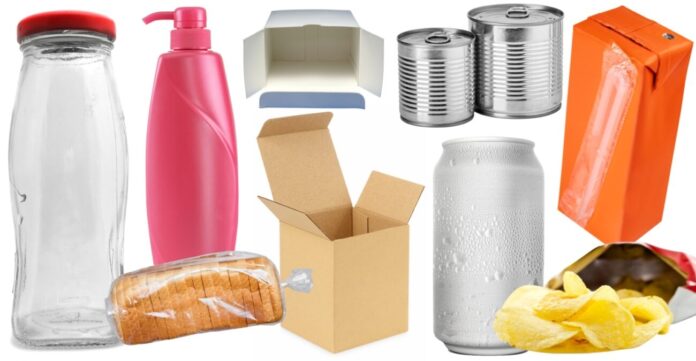
As the bakery industry continues to evolve in response to shifting consumer preferences, technological advancements, and sustainability imperatives, the future of bread packaging promises to be marked by innovation, efficiency, and heightened consumer engagement. Several emerging trends and developments are poised to shape the trajectory of bread packaging in the years ahead.
One prominent trend is the integration of smart packaging technologies, which leverage sensors, RFID tags, and IoT connectivity to provide real-time data on product freshness, temperature, and shelf life. Smart packaging solutions enable bakeries to optimize inventory management, reduce food waste, and enhance consumer confidence by ensuring the integrity and safety of packaged bread products.
Additionally, advancements in material science and manufacturing processes are driving the development of novel packaging materials with enhanced functionalities and sustainability credentials. From edible films made from natural polymers to antimicrobial coatings that extend shelf life, these innovative materials offer promising solutions to the challenges of food packaging while minimizing environmental impact.
Moreover, personalized and customizable packaging options are expected to gain further traction, allowing consumers to tailor their bread packaging to their individual preferences, dietary requirements, and occasions. Bakeries may leverage digital printing technologies and on-demand manufacturing capabilities to offer bespoke packaging designs that resonate with diverse consumer segments.
Furthermore, the concept of “zero-waste” or circular packaging systems is likely to gain momentum, with bakeries exploring closed-loop recycling processes, reusable packaging models, and innovative packaging formats that minimize waste generation and promote resource efficiency.
Overall, the future of bread packaging holds exciting possibilities, driven by a convergence of technological innovation, consumer-centric design, and sustainability principles. By embracing these future directions and staying abreast of industry trends, bakeries can position themselves for success in a rapidly evolving market landscape.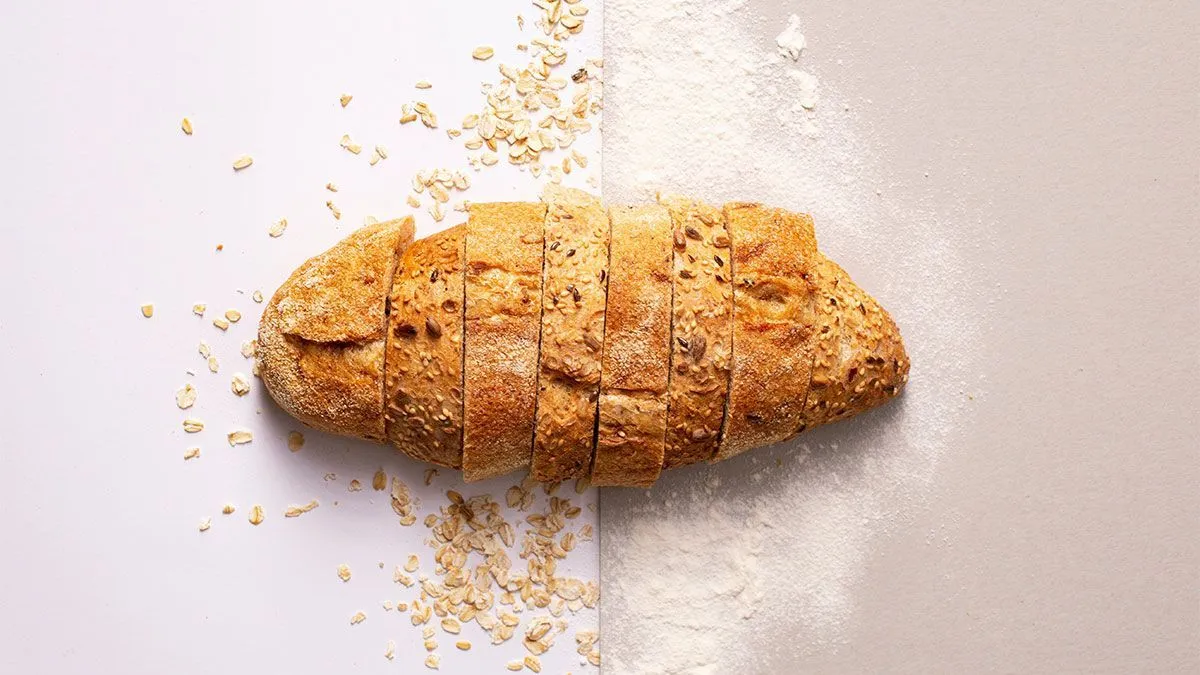
In conclusion, the landscape of bread packaging is undergoing a profound transformation driven by technological innovation, sustainability imperatives, and shifting consumer preferences. From traditional packaging techniques to cutting-edge smart packaging solutions, the industry is witnessing a paradigm shift towards more efficient, eco-friendly, and consumer-centric packaging practices.
As bakeries navigate this evolving terrain, it is crucial to remain agile, adaptable, and forward-thinking, embracing emerging trends and technologies while staying true to core principles of quality, freshness, and brand identity. By leveraging the latest advancements in materials science, design innovation, and consumer engagement strategies, bakeries can position themselves at the forefront of the bread packaging revolution, driving business growth, enhancing brand loyalty, and meeting the ever-changing needs of today’s discerning consumers.

